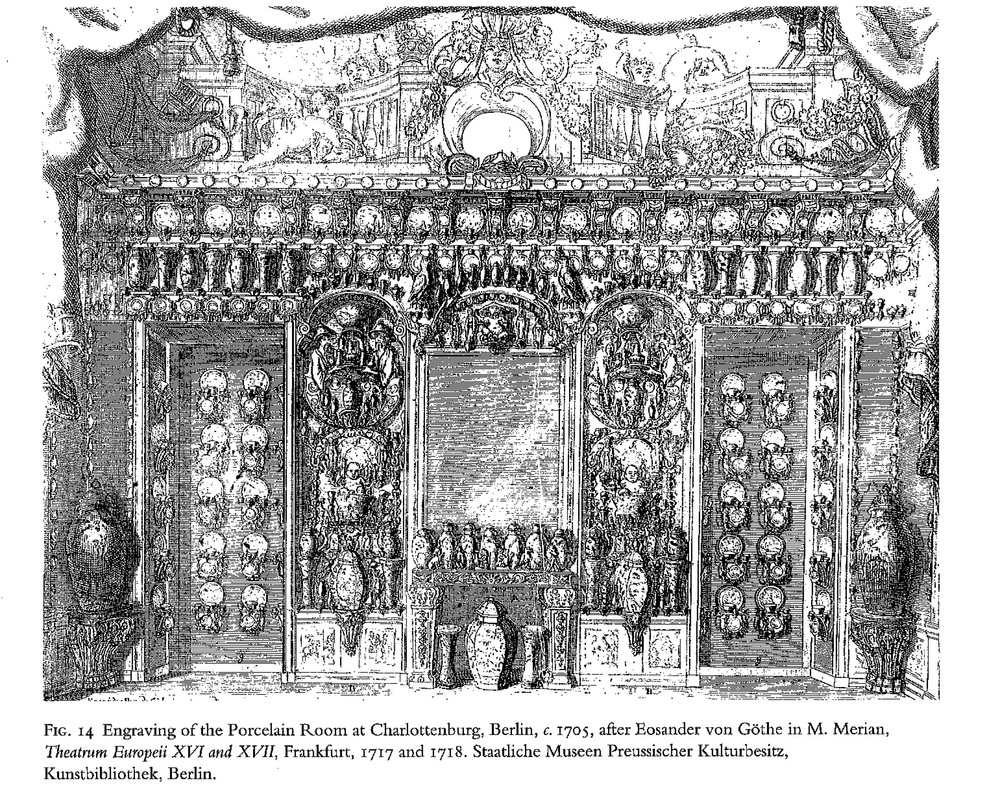Background
The pots pictured above are a five piece decorative set, which is often referred to as a “garniture”.
They were made in Japan and are of the “Imari” type - Imari is the name of the port, near Arita, from which Japanese export ware were shipped to Europe. “Imari” is a name used for wares decorated with distinctive colours – underglaze blue, overglaze red and gilding.
The set at the Ashmolean were purchased from Althorp, the Spencer family home, in 2011. They have been in the Spencer family since the early 18th century, when they were probably ordered custom made by the 1st Duke of Marlborough and his wife Sarah, who was keen on oriental porcelain.
Porcelain garnitures of this type were common in stately and princely houses from the end of the 17th to the beginning of the 18th century, although it is uncommon for them to be lacquered. They demonstrated the wealth of the owner, and were very fashionable. They were made in Japan specifically for the export market in “european” shapes. The same shapes were available in wooden lacquer ware. The garnitures were displayed on mantlepieces, in fireplaces in summer, on walls, and tables. Occassionally very wealthy people even had rooms built specifically for the display of oriental porcelain e.g. the Japanese Palace built by Augustus the Strong in the early 18th century in Dresden.
They were made in Japan and are of the “Imari” type - Imari is the name of the port, near Arita, from which Japanese export ware were shipped to Europe. “Imari” is a name used for wares decorated with distinctive colours – underglaze blue, overglaze red and gilding.
The set at the Ashmolean were purchased from Althorp, the Spencer family home, in 2011. They have been in the Spencer family since the early 18th century, when they were probably ordered custom made by the 1st Duke of Marlborough and his wife Sarah, who was keen on oriental porcelain.
Porcelain garnitures of this type were common in stately and princely houses from the end of the 17th to the beginning of the 18th century, although it is uncommon for them to be lacquered. They demonstrated the wealth of the owner, and were very fashionable. They were made in Japan specifically for the export market in “european” shapes. The same shapes were available in wooden lacquer ware. The garnitures were displayed on mantlepieces, in fireplaces in summer, on walls, and tables. Occassionally very wealthy people even had rooms built specifically for the display of oriental porcelain e.g. the Japanese Palace built by Augustus the Strong in the early 18th century in Dresden.
References
Impey, O., 1990. Porcelain for palaces. In: J. Ayers, O. Impey & J.V.G. Mallet (eds.) Porcelain for palaces: the fashion for Japan in Europe, 1650-1750. London: Oriental Ceramic Society, 56-72.



